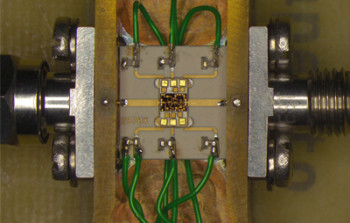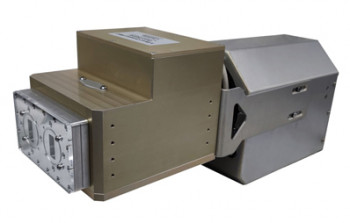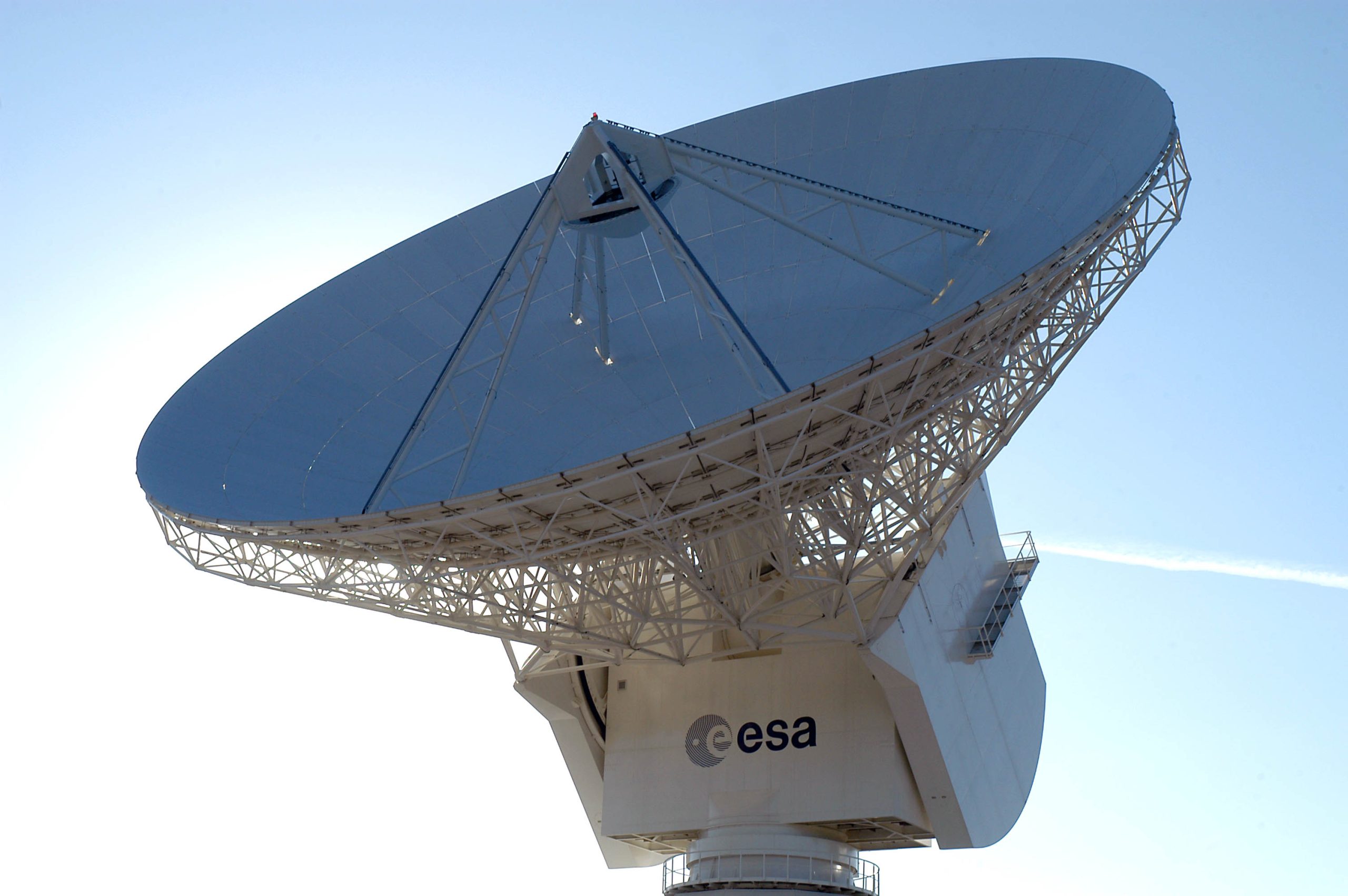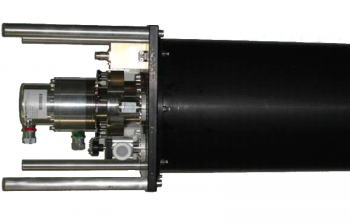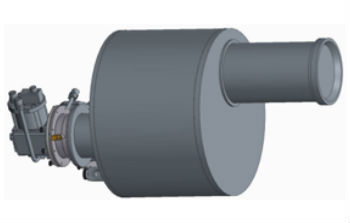Tag: Ka band
New 26 GHz LNA with phenomenal performance
Celestia Callisto is proud to announce the development of its new Ka-band (25.5-27 GHz) Ambiant LNA. The only wave-guide input / coaxial output Ka-band currently on the market, Callisto embarked upon a total redesign in order to improve on our already high-performing product.
Product spotlight – Compact
Our MKII Compact is a smaller, self-contained Cryogenic LNA that really packs a punch! Equipped with a Stirling cooler manufactured by Sunpower, Inc, the Compact can house up to 2 RF chains in a (much) smaller model.
Callisto congratulated by ESA for its support for Euclid Mission
Cebreros and Marlaguë Deep Space stations equipped with 26 GHz downlink capability are now enabling the transfer of massive amount of scientific data to Earth.
Successful demonstration for X band sampling technology
In 2018, Callisto was awarded an ESA’s Technology Research Program contract to study and develop an RF sampling demonstrator.
Callisto Completes Critical Phases for ESA to Develop X and Ka Band Cryo-LNAs
The Ka Band Cryo Feed Critical Design has been accepted by ESA and Callisto will start the manufacture of this receiver early in 2016.
Callisto has started a new contract with ESA to develop a Ka band cryogenic cooled feed receiver
In order to improve the G/T of ESA Deep Space Antennas (DSA) by 2dB, a new cryogenic receiver will be developed in collaboration with the University of Cantabria.
Callisto is supported by ESA to develop 26 GHz LNA for Earth Observation ground station
We are very happy to announce a successful FAT for our most recent project with Bundesamt für Kartographie und Geodäsie (BKG) to equip one of their antennas at the Wettzell site.
Operation and maintenance training for Bundesamt für Kartographie und Geodäsie
The BKG (Bundesamt für Kartographie und Geodäsie) staff has received a training from Callisto on operation and maintenance of the Triband X,S,Ka cryo-LNA system recently delivered by Callisto. Four people attended this 2-days training course, mainly electrical and mechanical engineers and managers.
New Callisto Triband X/S/Ka cryogenic LNA
We are very happy to announce a successful FAT for our most recent project with Bundesamt für Kartographie und Geodäsie (BKG) to equip one of their antennas at the Wettzell site.
Callisto to supply Cryo LNAs for ESA’s third deep space ground station
Callisto has already supplied the cryo LNAs sub-systems for the previous two deep space stations, the first (DSA1) located in Western Australia and the second (DSA2) located in Spain.DSA3 is to be built near the small town of Malargue in Mendoza province about 1000 km west of Buenos Aires.

